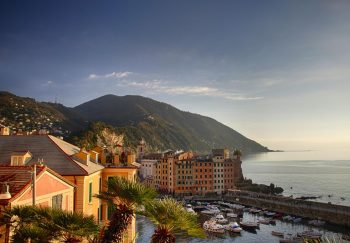Gelato is the Italian food that will please no matter what season it may be.
What is the Italian answer to ice cream? It is from where did it come? What makes it so special (and delicious!)?
First, frozen treats don’t seem new. Italians enjoyed snow and ice confections even in ancient Rome. Apicius, a 4th-century cookbook, includes a recipe that involves cooking meats and vegetables in ice jelly and cooling it before serving. This recipe is not so popular today.
However, anything that is closer to modern gelato seems to have been created during the Renaissance. Florence’s Boboli Gardens has an ice house that was built in 1612 by the Medici. A banquet held in 1595 in the city featured sculptures made from the sorbet. Ice cream seemed to be a popular dessert by the end of the 17th century. Even a recipe book was published in Naples. This is still the best place in Italy to taste gelato. It includes a range of delicious sorbet options, including ice cream thickened by candied pumpkin and gelato flavored using lemon blossom water. We all craved ice cream by the 19th century. Gelato, which means “something frozen”, became an accepted term for this frozen treat in Italy.
Gelato simply means “frozen” so what exactly is gelato? And why does it taste different from ice creams elsewhere?
Traditional gelato is lower in butterfat. The butterfat content of gelato ranges from 4 to 8 percent to ice cream in the United States, which is 14 percent. Gelato is less stable than ice cream and can be served at 10 to 15 degrees higher than ice cream, so it melts faster in your mouth.
Gelato also has a higher density. Producers mix cream, milk and sugar to make ice cream. Then they add air which increases the volume and water which increases the weight. All that water and air makes for a sweeter, but it’s much less flavorful. This is what Europe calls “overrun” in Europe. In Italy, however, it is illegal to increase ice cream’s volume with water or weight with air. You can purchase an industrial mix, add flavor, place it in stainless steel trays and call it “artisanal.”
Finally, most commercial icecreams are designed for long-term storage. They are more solidly frozen and contain more fat. Gelato is made in small batches and frozen quickly. This means that gelato is fresher and more delicious. Gelato must be consumed within two days.












